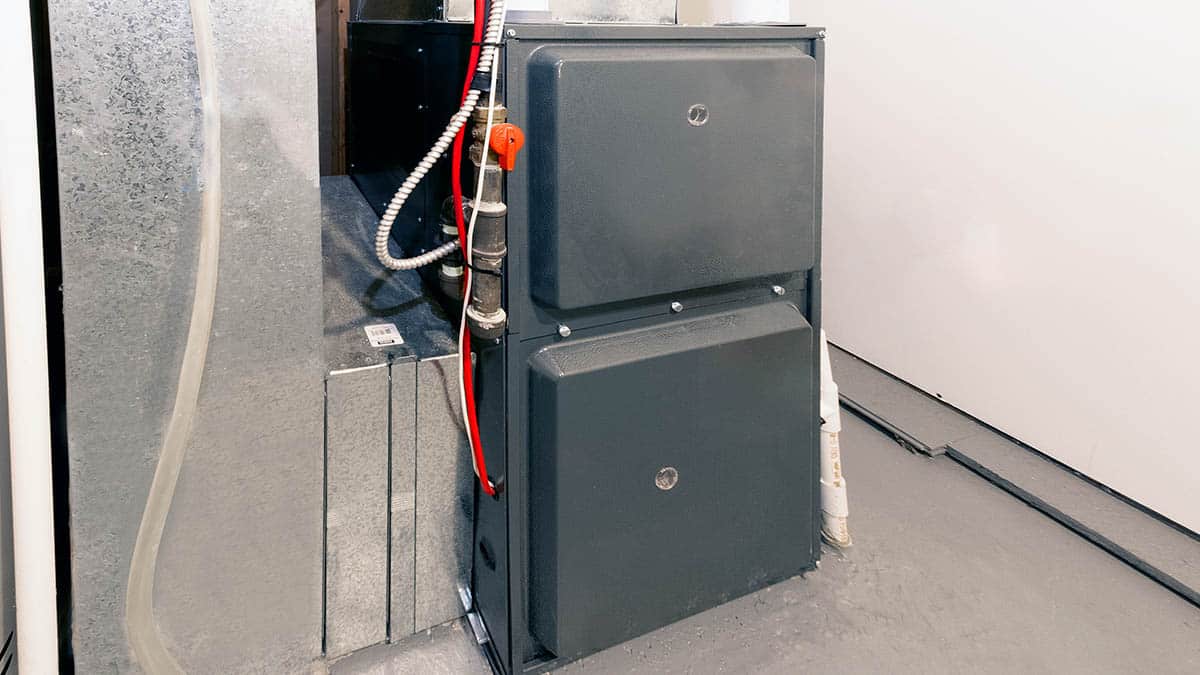
4 Differences Between Gas And Electric Furnaces In Arizona
In Phoenix, Arizona you have the option of heating your home with gas or electricity. While it’s tough to determine which is more popular among homeowners, each comes with its own unique set of benefits. Even if you only need heat a few weeks out of the year, understanding the differences between gas and electric furnaces can be valuable.
At some point in time, every property owner experiences issues with their heating system. Whether it’s not turning on or blowing cold air, problems usually arise at inopportune times. You could be hosting company or experiencing the coldest night of the year. Either way, electric systems operate in different ways. So before you just install the cheapest model, make sure it satisfies potential needs.
Understanding How to Choose Between the Two Home Heaters
Even if losing heat isn’t a worry of yours, owning and relying on a furnace that best suits you and the property is smart. If it wasn’t, we wouldn’t advise you to weigh your options carefully. Whether you work with a Canyon State heating technician or not, helping the local community with HVAC efficiency is important. Bigger isn’t always better and the smallest of details can unexpectedly cost you a lot of money.
So, if you’re thinking about replacing your furnace, do your best to make a wise decision. Not every HVAC company will want to help you with this. Oftentimes, money is the motive. Educating yourself will help you combat sales pitches that aren’t in your best interest. With that being said, here are some of the major differences between gas and electric furnaces.
1. The Contrasts of Efficiency and Size
At the end of the day, using gas to power your furnace is cheaper than electricity. By installing a gas system, you immediately save money on your monthly energy bill. However, like tankless water heaters, gas systems cost a lot more money on the front end – when you install them. Electric furnaces run anywhere from $1,500-$2,000 ($1,750 average) to purchase. In comparison, gas powered furnaces are closer to $3,000 to replace.
Understand Your Heating Expenses
When it comes to making a decision between the two, it’s important you understand how to assess the overall cost of each. Every system is unique in its own right. While electric furnaces do increase your power bill, they don’t require as much professional attention. The installation itself is rather simple and not as costly. Electric furnaces also don’t include a burner so they don’t need to be cleaned or inspected as often as gas systems.
The installation process for a gas furnace is a lot longer. Not only are gas systems larger in size, but additional sealing is required in order to contain the byproducts left behind by the fuel combustion process. They also need to be routinely checked and tuned up in order to ensure the seal is holding properly and not leaking into the home.
2. Safety Considerations For Both Systems
Overall, the vulnerabilities of gas and electric furnaces are night and day. Electric systems are clearly more safe to operate. This is mainly because they don’t burn fuel or give off any type of carbon monoxide emission. Even though a properly installed and maintained gas heater shouldn’t leak carbons and modern furnaces are safer than ever before – the risk of leaks and exposure still exists. We’re talking about an odorless, tasteless, colorless gas that can be fatal (and not just for pets)!
At the same time, death by carbon monoxide is extremely rare in Arizona. Especially if you’re working with a quality company with trained and certified professionals. Phoenix homeowners just don’t use heat that often. Either way, the difference is worth mentioning. If you don’t like the idea of routine maintenance costs, then you should probably start looking at viable electrical furnaces. Just keep in mind, any heating system that isn’t cared for is subject to some sort of inconvenience.
3. The Longevity, Performance of Furnaces
When it comes to the lifespan of gas and electric furnaces, gas powered systems usually do not last as long. While some have been known to make it to their 30th birthday most only last 10 to 20 years before they begin to fail. At any point in between, you could be in the market for a new furnace replacement. Electric furnaces don’t require much work and are expected to last 20 to 30 years.
Because of the increased risk of carbon monoxide leaking into the property, you shouldn’t try to stretch the use of gas heating systems. An electric furnace may become less heat efficient as it ages, but not much is required in the Arizona climate.
4. Customer Satisfaction Can Be Misleading
For most people, gas furnaces are said to be the most satisfying option. At the same time, many homeowners haven’t been exposed to electric heating systems. While they may be satisfied with current performance, they may not be aware of a better option. Since the product isn’t something most people test (because of the lifespan), outdated units are often replaced with similar models.
It’s probably safe to say that there is a sense of customer loyalty when it comes to heating and cooling. Unless something severe occurs, most homeowners will select familiar equipment when the time comes. The differences between gas and electric furnaces isn’t always valued by everyone in this sense.
Power Loss Would Hurt Electric Furnace Satisfaction
In Arizona, it’s tough to know what could sway someone to switch from a gas to an electric furnace. But if the power were to go out during a storm or earthquake, electrical furnace satisfaction would plummet. In fact, most gas furnaces continue providing heat without electricity. This, combined with lower energy costs, is the main reason why many prefer gas furnaces over their electric counterparts.
If you’d like to stay warm and protect your pipes, while you deal with a power loss in the middle of the winter, then this is worth noting. While electric furnaces are a little more advantageous in the Valley of the Sun, drawbacks like these could eventually hinder your satisfaction with the decision.
BONUS: The Process of Gas and Electric Furnaces
In order to better understand the differences between gas and electric furnaces, we thought we’d end this article with the unique processes of each. This way, you can see how each works differently and whether or not it suits your needs best.
How a Gas Furnace Functions
When it comes to a gas furnace, heat is generated by either gas or propane. Within the heating system, fuel is drawn into a combustion chamber, where it ignites. In turn, heat is produced. At this point, the hot air is then transferred into the property’s air ducts through a heat exchanger. This heating component separates the internal combustion chamber from the outside air.
Once this is complete, the blower can then push the warned air through the ducts. Like most heating systems, the temperature settings you make on the thermostat determine how much of the heated air moves into the duct system – giving you control of the warmth in every room of the property.
Additional Perks of Gas Heating Systems
Like we mentioned before, gas furnaces are incredibly efficient and produce a lot of heat in a short amount of time. In addition to quality performance, all gas furnaces are assigned an Annual Fuel Utilization Efficiency (AFUE) score. The score is the ratio of heat produced to the fuel consumed in its production. The typical rating for a home furnace is around 80%, but some of the more advanced gas furnaces are rated up to 98% AFUE.
Natural Gas Is Not Always Available
Unfortunately, not every residence comes equipped with natural gas lines. In locations where these gas lines aren’t present, it’s pretty impractical to have them installed. While it may be within the realm of possibility, the cost is astronomical. Moreover, the lengthy and laborious process isn’t exactly inviting. Even though gas lines are more economically friendly (decreases the electricity production of local utility companies), some places prefer electric or natural heat to keep warm.
The Process of an Electric Furnace
When it comes to electric furnaces, electricity is run through heating elements to warm the air inside. From here, a blower moves cold air past these superheated coils, heating the air before pushing it through ducts to the rooms of your house. Like any other heating system, room temperatures are also controlled by a manual or smart thermostat.
One of the good things about electric furnaces is they have a government-mandated AFUE floor of 80%. Despite the high requirements, many models come with a rating of up to 97% AFUE. In other words, their efficiency is most certainly on par with gas furnaces. Aside from an ease of care, the electrical heating process is also a lot more quiet.
The Canyon State Difference
We really appreciate you taking the time to read this blog. At the same time, we know that understanding the differences between gas and electric furnaces takes time. If you have any questions at any point in your decision-making process, don’t hesitate to reach out. At the end of the day, we hope for a chance to show you the Canyon State difference.
No matter what type of heating system you choose for your home, we can install it for you. Our showroom in Sun City offers a variety of heating and cooling options that’ll meet your needs. If you’re unable to stop by, or COVID is keeping you from public settings, a friendly member of our staff is eagerly awaiting your call.

